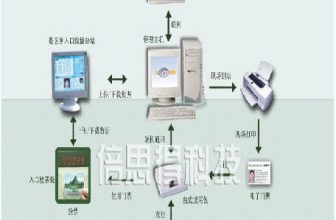
North American tracing agencies use RFID to greatly shorten search time
[ad_1]
North American tracing agencies and volunteer organizations use RFID wristbands and handheld readers to track lost people-usually Alzheimer’s and autism patients, thereby greatly reducing search time.
The first Virginia Search and Rescue Unit 43 to use RFID equipment is a non-profit voluntary group. According to them, the average tracing time has dropped to half an hour or less. The equipment is provided by Locator Systems. The system uses wristbands and readers running at a very high frequency (VHF). The ground reading distance of VHF is 1 foot, and the reading distance in the air is longer. Currently, 566 organizations in 41 states and 1 province in Canada have joined Project Lifesaver. These organizations use the system to track 10,000-15,000 people. Project Lifesaver also provides the necessary software and hardware, including 2 days of training.
Project Lifesaver International Training Officer Tommy Carter said that the Virginia Search and Rescue Unit began in 1999 looking for a technology that could quickly locate the missing people-mainly Alzheimer’s and autistic patients. In the past, search personnel used to walk or drive to find the home of the lost person. It often took several hours or even longer.
The use of RFID technology has greatly reduced the time of tracing people. The wristband can be worn on the wrist, ankle or shoes. The wristband consists of an active RFID chip and antenna. The battery life is 1 month. The chip is set to continuously send its ID number in the 216-217MHz frequency band.

Locator Systems RFID personnel location system
The frequency of transmission between wristband tags is different, says Locator Systems CEO Jim McIntosh. This is to prevent the reader from reading signals from unrelated wristbands in the same geographic area during the search. However, if the reader receives several wristbands sending signals at the same frequency during the actual search, it can be identified by the received ID number.
When a person is lost, the searcher sets the handheld reader to match the frequency band of the lost person’s wristband, and starts a detailed search of the relevant area. “When the reader makes a sound and the ID number is displayed on the screen, it means that the reader is within 1 foot of the wristband,” Carter explained. After confirming the ID number, the staff began to search along the signal. The closer to the missing person, the stronger the signal.
The Lifesaver program requires that the time to locate and receive the missing person should not exceed 30 minutes. At present, this item has been used in more than 1,500 people searches, and every search has results. The search time is greatly reduced each time, and the number of search personnel has dropped from 12 to 2. Carter said the project has saved $15 million.
[ad_2]




